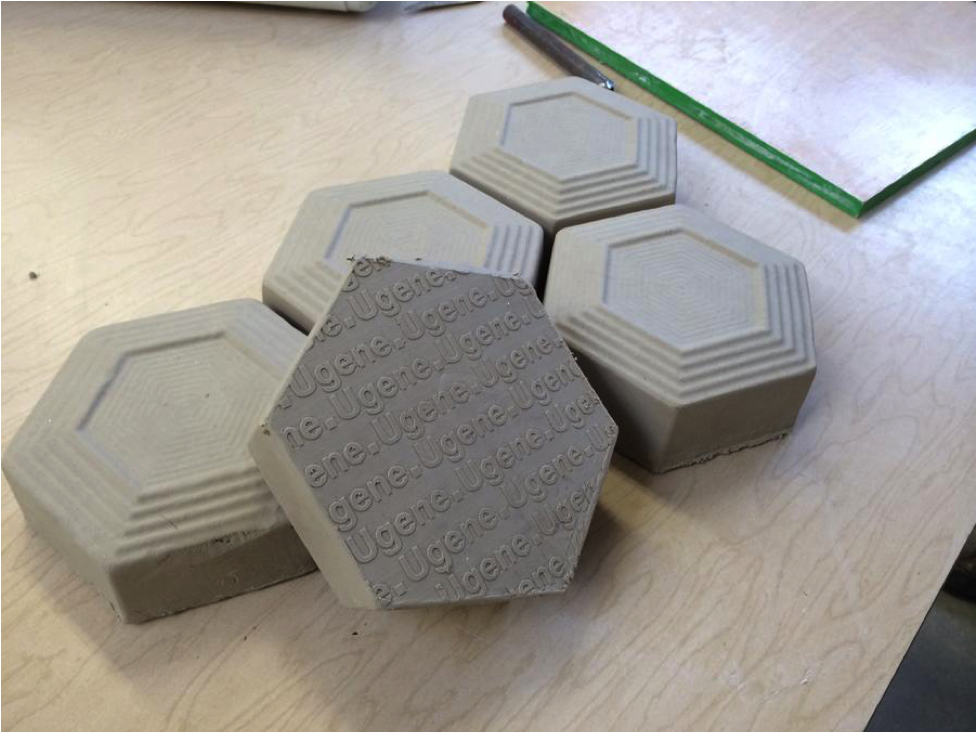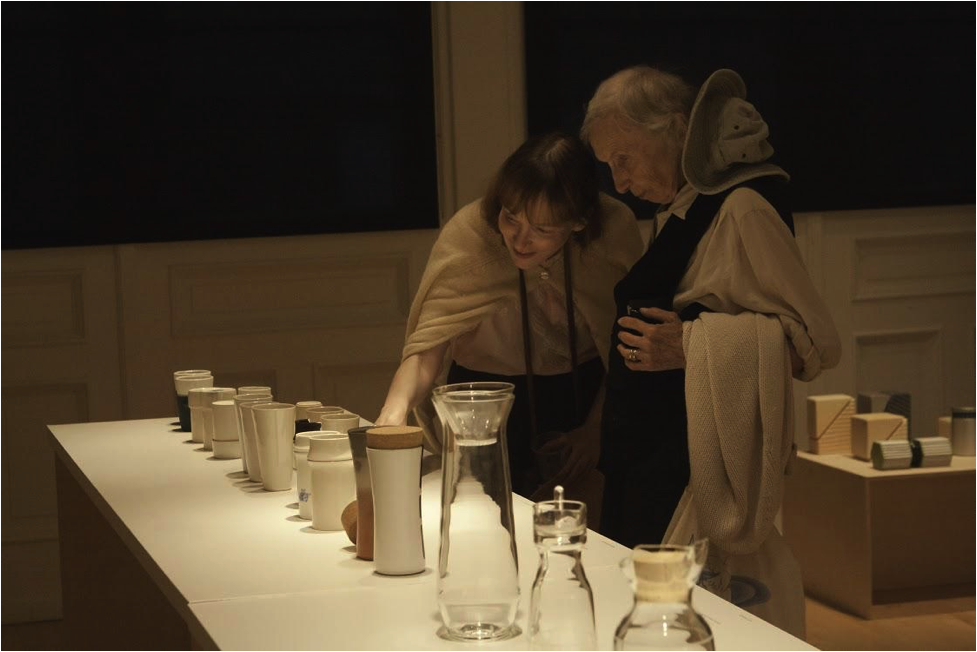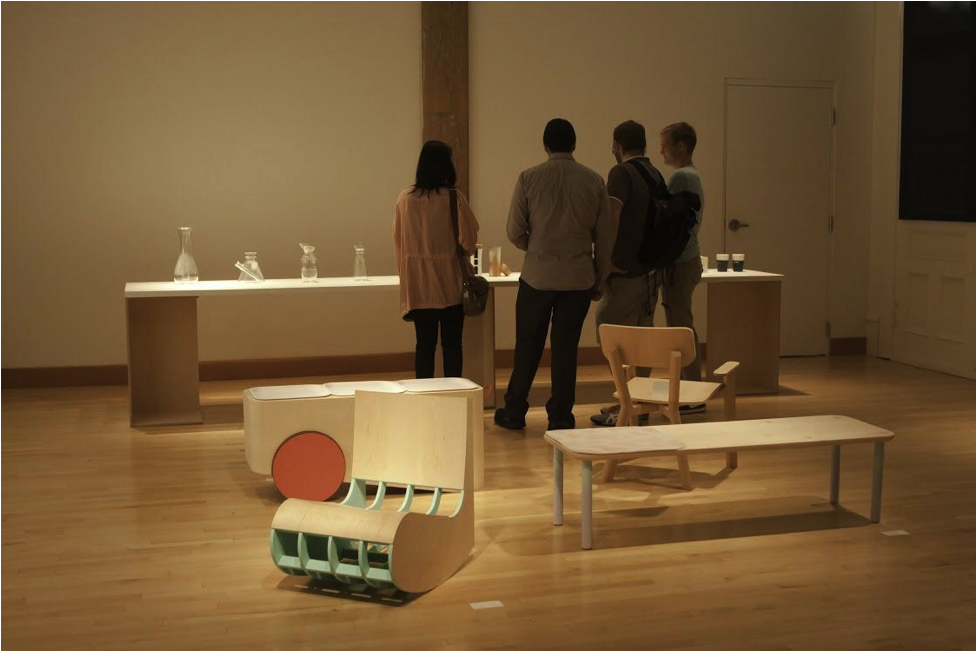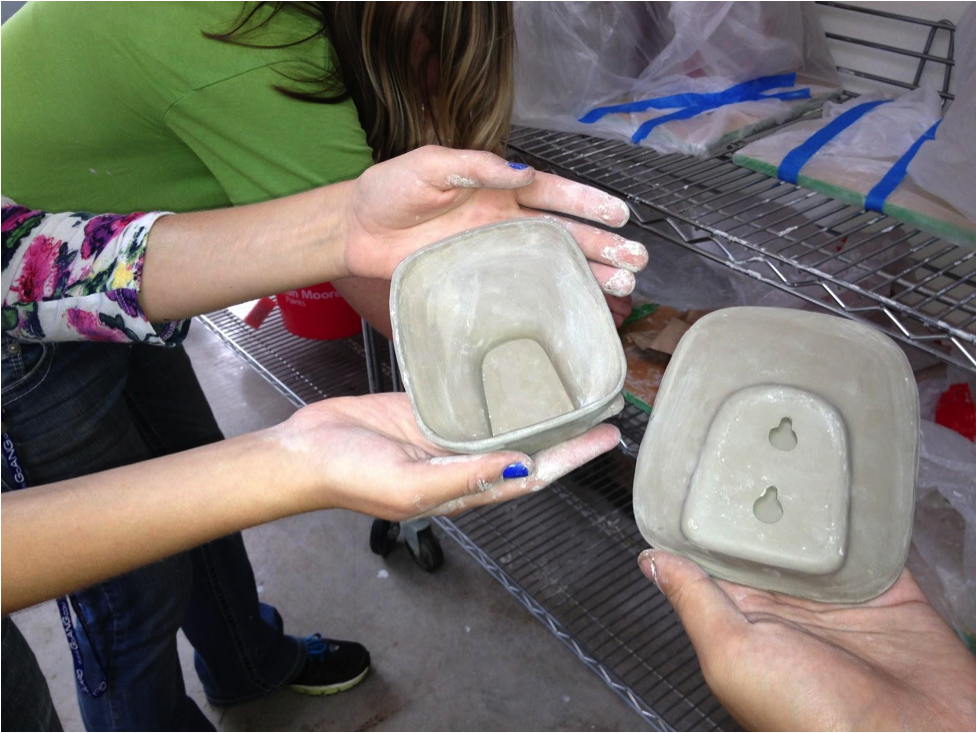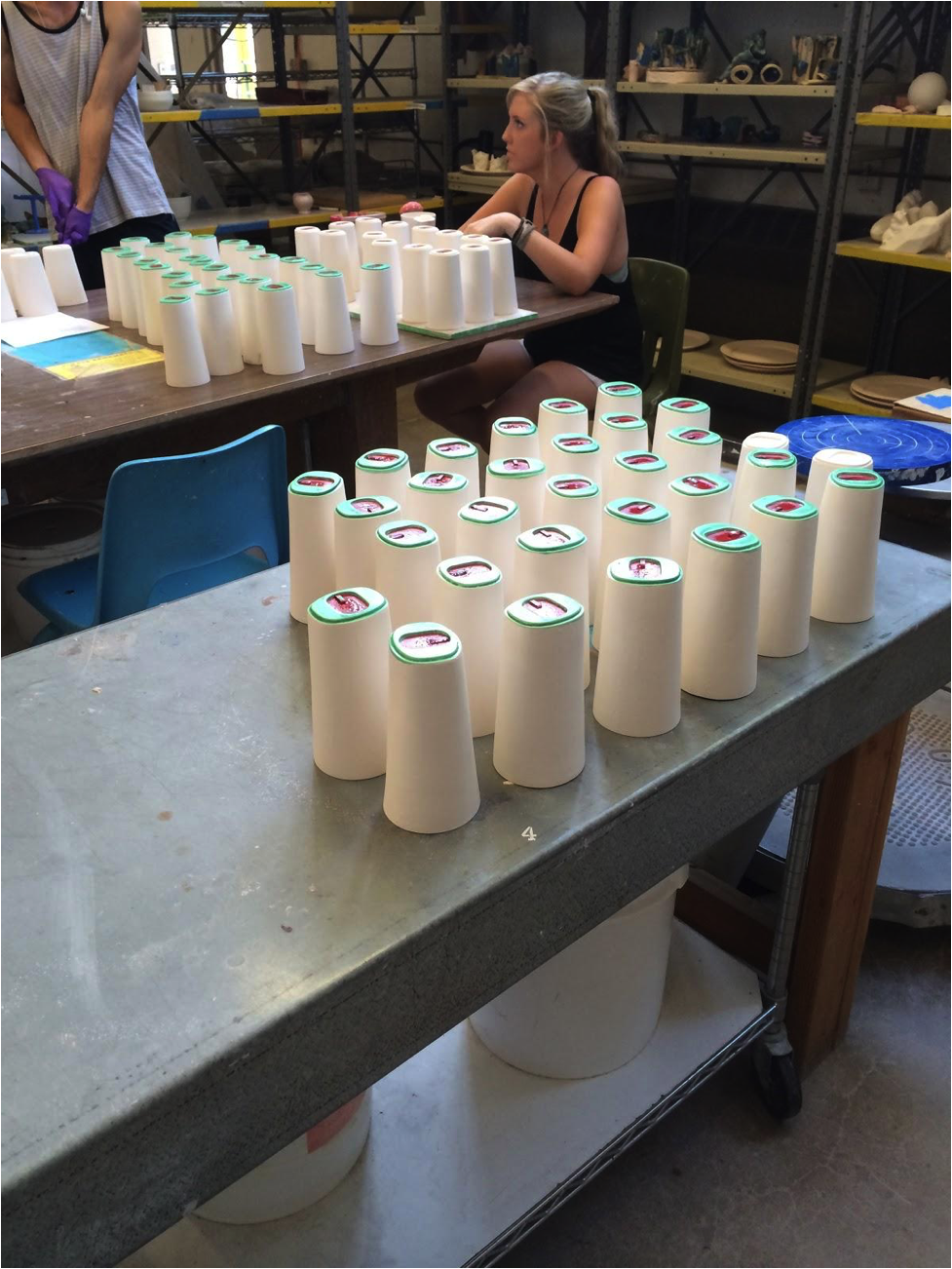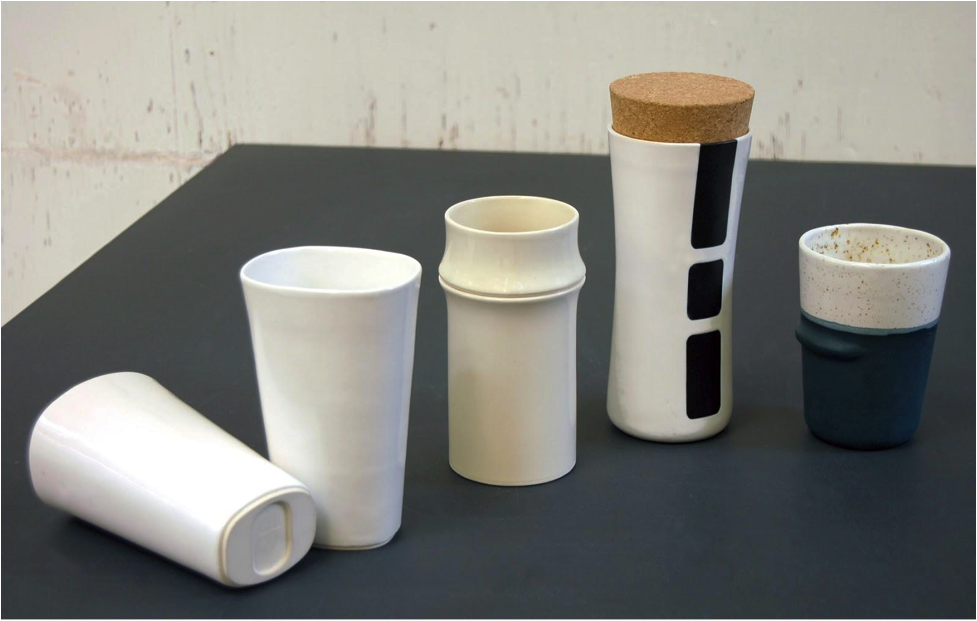Goals of the project
Ugene is a nascent cooperative design and manufacturing initiative being developed by four faculty members from different units in the School of Architecture and Allied Arts. UGene integrates students, faculty, staff, and visitors in an enterprise rooted in the foundational ideals of higher education; the development and stewardship of knowledge, cultural production, and tangible responses to problems and opportunities present in human ecology. The immediate goal of Ugene is to make high-quality goods that respond to regional need, partner with local industry, and achieve learning outcomes through cooperative making while rivaling the quality and cost of goods currently manufactured abroad. The long-term objective of Ugene is to export this brand to other institutions in order to develop a consortium of national and international partners. This network will share information and resources as a cooperative umbrella group that manufactures commercial ware, while supporting more speculative research through production and discourse.
After being awarded an endowed experimental class in winter of 2014 to test the Ugene concept, a successful collaboration across academic areas and student populations was realized. Ugene is now poised to seek larger orders from local businesses for products that will be manufactured during the 2015/16 academic year.
Nature of the Collaboration
Ugene is a collaborative effort between faculty, staff, students, and visiting professionals. The process for realizing a product begins with a collaborative effort by core faculty to establish a problem or opportunity to which the Ugene community will respond over the course of one year. Collaborative, parallel, or sequential classes are then offered during the academic year to respond to a given topic. These classes work either as one team-taught class, as two classes with the same or related objectives that run concurrently, or as a series of classes where one develops content that is handed off to a succeeding class. Classes are charged with research, ideation, prototyping, material testing, and tooling (i.e. models, master molds, production tools, etc.), which ultimately takes on the form of a “production kit”. This “production kit” then seeds a summer manufacturing class in which students develop a production methodology and related tools, marketing and packaging materials, and a limited edition of products. Core faculty then use this limited edition as proof of concept to elicit larger orders from area businesses.
Ugene began with the production of glass and ceramic tableware for restaurants and domestic spaces as a response to established curriculum, available resources, and an immediate local market. In addition to the tableware being developed, the collective is working on a method for reclaiming waste materials from the ceramic and glass production processes in the form of pressed and kiln cast garden pavers. Additionally, Ugene plans to produce Studio Gorm’s Wood Peg furniture system during the 2015/16 academic year.
Skills
Skills related to the Ugene project vary based on the task at hand. Primary tasks include Research and Ideation, Prototyping, and Manufacturing. All parts of the process involve skills related to design and communication.
Modes for Research range from traditional academic methods involving archives and collections to use, form, and material testing. The Ideation process responds to research through the use of Drawing (with both traditional drawing media and adobe suite software) and Model Making (with both traditional methods including machining, woodworking, sewing, and approaches with paper to digital skills associated with laser cutting, 3D printing, and CAD/CAM processes).
Prototyping involves both digital and hand skills related to machining, woodworking, and work with polymers (e.g. casting, vacuforming, and fabrication).
The Manufacturing process involves both digital and hand skills related to mold making (slip casting, investment casting, hydraulic presses, jolly/jiggering, etc.), Casting (plaster, cement, clay, polymers, metals, etc.), blowing borosilicate glass, throwing clay, and processes related to tool, die, block, and mold processes.
Additional processes involved in some or more of the aforementioned are coding (particularly in CAD/CAM processes and Arduino-related work), audio and visual skills associated with documentation and marketing, etc., and interpersonal skills associated with cooperative design and manufacturing.
Tools
Tools and equipment vary at different stages of the project. Laser cutters, 3D printers, and CNC tools along with general woodshop tools and vacuformers are mostly used in the Ideation and Prototyping stages. CNC milling and 3D printing is also used in the production of models that get vacuformed to make master molds and CNC direct milling plaster molds for the slipcasting and RAM-Press processes. Additionally, laser cutters, vinyl cutters, 3D printers, and CNC equipment are also used for the design and production of tools related to the manufacturing process. The making processes related to ceramics include equipment associated with wheel throwing, jigger/jolly forming, and hydraulic pressing. Processes related to glass include glass blowing, lathes, and kiln casting equipment.
Process
This project is in its initial stages. Before the beginning of 2014, it existed a couple times as a shared class assignment with the exercise of handing a model from a 4-week summer prototyping class to 4-week summer ceramics class that very quickly made a limited edition of ware. Having tested one run of the process (outlined above in Nature of Collaboration section) and taking the 2014/15 year to further develop it has allowed for the anticipation of nuances not previously identified. These variables include issues related to class scheduling, communication across academic terms and student populations, contributions by area craftspeople and practitioners, skill building for relatively inexperienced contributors, quality control, and information sharing, etc.
Milestones
Major milestones in this very new project have been the development of interdisciplinary curriculum that lends itself to cooperative design, as well as the first run of the products between January and July of 2014. We anticipate that obtaining a large tableware order and expanding production to include Studio Gorm’s Wood Peg furniture system will be major milestones realized during the 2015/16 academic year.
Challenges encountered
The primary challenges encountered are primarily related to the brevity of the 10-week academic term. After prioritizing a significant depth deal of research and open design parameters in the past, this first major iteration benefited from a focus on one initial form (the Cup) and one production method (slip casting). Other challenges have arisen from the transfer of information from one group of students to another, which we have responded to by making efforts to facilitate actual face time between different groups of students at key moments in the development process.
Major outcomes
At this point the project has yielded what we feel is a proof of concept that the process of cooperative design and manufacturing across academic terms and unrelated student populations is possible. Major outcomes include curriculum development, proven skill-based training methodologies, and a series of high-quality tableware ready for the market.
Innovations, impact and successes
Ugene is focused on cooperation not only as a model that contributes to high quality learning outcomes in a University setting, but also asserts its necessity as a way to obtain the synthesis of analogue and digital skills related to industry, while responding agilely to local and regional markets and opportunities. The greatest impacts of this project has yet to be seen outside of the University of Oregon community, though it has already contributed to significant discourse surrounding regionalism and cooperation among area makers and food related businesses. Some major technical innovations without precedent include the development of a viable system for the capture and reformation of waste from ceramic and borosilicate glass processes, and the use of vacuforming to make master molds from existing molds.
 Brian Gillis
Brian Gillis
 Esther Hagenlocher
Esther Hagenlocher
 John Arndt
John Arndt
 wonheea
wonheea

